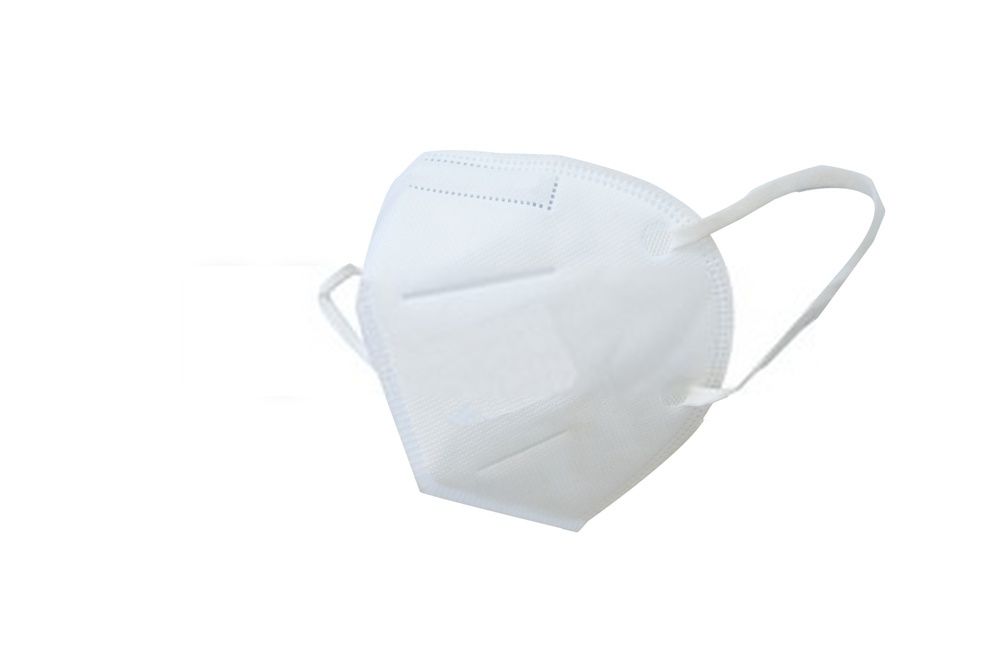There are rumors circulating about the use of masks about how and when to use them to control the spread of new coronavirus. It is a fact that begs to be understood that surgical masks are necessary for ill or infected people, but normal people need to think about it twice. Peter Tsai, the inventor of filtration fabric inside of surgical masks and N95 respirators, wants you to know and comprehend certain facts about the surgical masks and N95 respirators.
Tsai dedicated 30 years of his life to perfect this technology. He asserted that surgical masks are designed with the purpose of catching large droplets falling out of the mouth by sneezes, coughs, and sniffles. The masks are considered the best medium to prevent drops that leave a sick person and may prove dangerous for anyone. This means that face masks and N95 respirators function with the sole purpose of keeping one’s germs to oneself.
Surgeons also wear masks in operating rooms to prevent germs from entering into the patient’s body. Out of politeness of the mildly ill persons, surgical masks are also worn by people of densely populated cities like Tokyo or Hong Kong. Tsai stresses that masks do not do much to prevent a healthy person from diseases. Moreover, floating droplets released by sneezing may also get around the loose sides of the masks. Therefore, if you are a resident of densely populated cities like Tokyo and Hong Kong, surgical masks are very unlikely to keep you safe and healthy because there are numerous mild cases of COVID-19. And surgical masks are of no use at all if they are improperly worn.
How do surgical masks work?
Tsai elaborates that surgical masks consist of three layers: outer veil, inside the nonwoven filtration fabric layer, and the innermost layer. Filter fabric is thus protected from abrasion by two layers. The filter fabric is prepared from several layers of millions of microfibers that are permanently electrostatically charged. The ionization of the air and subsequent forcing of the ions deep into the microfibers is done by the electric field. The presence of electric charge makes sure to filter way more gunk than it would otherwise be possible. Tsai explains, “With charging, one piece of this material is as efficient as layering ten pieces.” He further explains, “without charging, you’d need to use ten times the material and the breathability would be ten times lower.”
What are N95 respirators?
N95 respirators also use similar filtration techniques as well as similar material but they usually use more than three layers and their fit is kept much tighter. N95 respirators are supposed to tightly seal the mouth and filter most particles. N95 respirators are perfect to stop 95% of droplets if they are properly prepared and fit. Tsai says, “People say N95! N95! But they don’t even know what that means.”
Tsai also asserts that not all N95 respirators are produced for the same purpose. The “N” of N95 suggests that the mask can catch only non-oily particles and Tsai emphasizes that not all N95 masks are made to filter out disease-causing germs and pathogens.
Scamming in relation to the surgical masks
National Institute for Occupational Safety and Health, the federal institutions working with the Centers for Disease Control and Prevention to certify masks for health use may not be able to test and certify all the masks and N95 respirators available in the market. Therefore, buying them online is risky and a big gamble because buyers have no means to confirm whether these masks will meet the purpose or not. Even sellers on Amazon may use deceptive words and phrases to lure people to buy masks that are not as advertised and are not produced to the correct standards.
Serious consequences of wasting masks
The way an average person uses the mask is just the waste of masks. “It’s a waste of masks,” says Henry Spratt, an environmental microbiologist at the University of Tennessee Chattanooga. N95 masks are perfect only for working areas where there is the possibility of airborne diseases like hospitals, but an average person does not need any mask. Henry continues to say, “My main concern about the use of masks by the general public is that they are being used incorrectly.”
Spratt further explains that the way masks are used in healthcare settings is very different, for example, as it is used on construction sites for dust particles. Here fit is not as important as cleaning and reusing of a mask is important. But in a medical setting, its use is for different purposes. Spratt says, “For the MERS (Middle East respiratory syndrome), which is closely related to COVID-19, scientists found that that thing could survive as long as a week on surfaces.” Although COVID-19 is believed to spread through direct contact with an infected person, symptomatic people, or droplets released through coughs and sneezes, it is not yet clear how long can new coronavirus can survive on surfaces, therefore making reuse of masks very risky.
Spratt emphasizes, “The virus is contained in mucus and that will probably stick in the material of the filter. But if that’s allowed to dry out, the viral particles are smaller than the filter pores and it’s still potentially infectious.”
Surgical masks and N95 respirators have very specialized and particular uses and that too is only helpful in a very specific context. If you are not sick or taking care of someone suffering from infectious disease, or visiting a vulnerable person in your acquaintance, you probably do not need to wear surgical masks or N95 respirators. If you do prefer to wear a mask, remember that it is just a tool. It cannot prevent you from getting infected unless and until it is properly used. Moreover, it must also be remembered that it cannot substitute for practical hygienic habits like properly washing your hands at least for 20 seconds.

